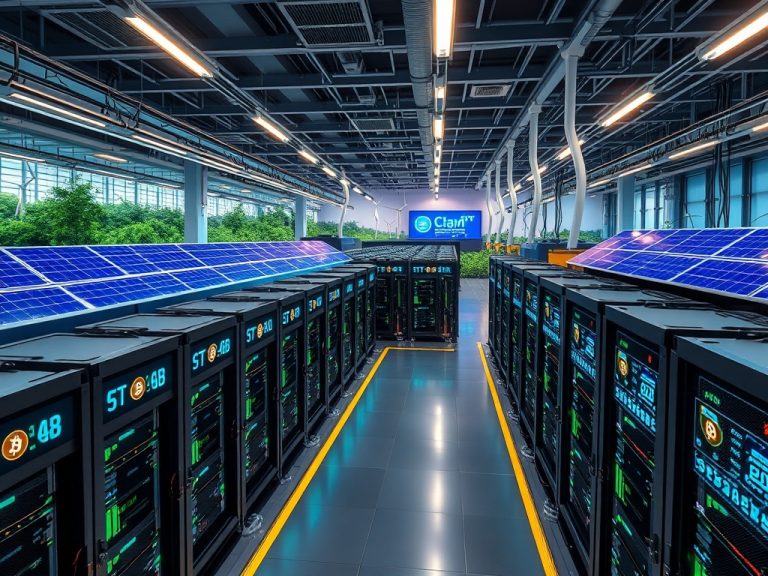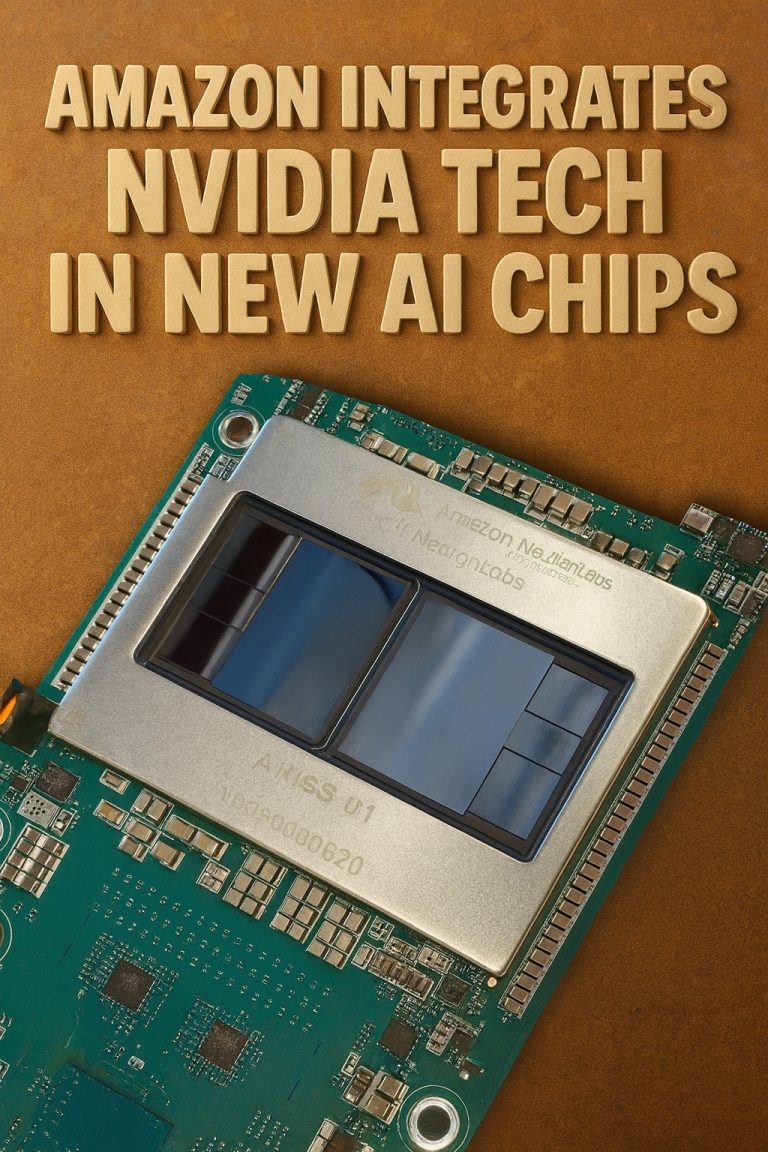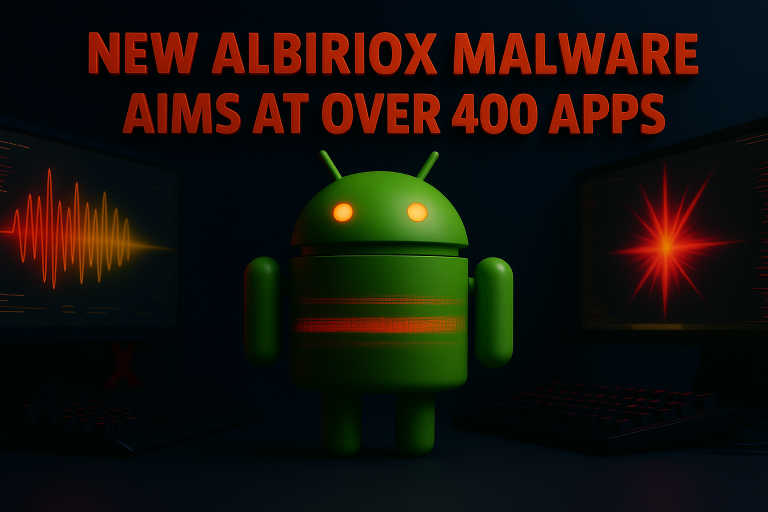
In the ever-evolving landscape of cryptocurrency mining, efficiency is the name of the game. With rising competition and fluctuating coin values, even minor improvements in performance can have a significant impact on profitability. Recently, I managed to boost my mining farm’s efficiency by 22% through straightforward GPU tuning techniques. Here’s a detailed account of my journey and the steps I took to achieve this remarkable improvement.
Understanding the Basics of GPU Tuning
Before diving into the specifics of my optimization process, it’s crucial to grasp the fundamentals of GPU tuning. GPU tuning involves adjusting various settings on your graphics processing units to maximize performance while minimizing power consumption. This includes:
- Clock Speed: The rate at which the GPU operates, directly affecting its processing power.
- Memory Speed: The speed of the memory on the GPU, which can influence mining performance significantly.
- Power Limit: The maximum allowable power consumption, which impacts both efficiency and thermal performance.
- Fan Speed: The speed of the cooling fans, essential for maintaining optimal temperatures during operation.
Understanding these parameters allowed me to make informed adjustments to my GPUs.
Step 1: Assessing Current Performance
The first step in my optimization journey was to evaluate my mining farm’s current performance metrics. I utilized software tools like MSI Afterburner and HWMonitor to gather data on:
- Hash Rates: The speed at which each GPU solved cryptographic problems, a critical metric for mining efficiency.
- Power Consumption: The amount of electricity each GPU consumed, vital for calculating profitability.
- Temperatures: The operating temperatures of the GPUs, which can affect performance and longevity.
This data provided a solid baseline for improvement and helped identify areas where specific GPUs were underperforming.
Step 2: Overclocking the GPU
Once I had a clear understanding of my current performance, I began the tuning process with overclocking, which can significantly enhance mining performance.
- Increase Core Clock Speed: Gradually, I started increasing the core clock speed in small increments (10-20 MHz). This adjustment improved the hash rate but required careful monitoring to maintain stability and prevent overheating.
- Boost Memory Clock Speed: Following the core adjustments, I turned my attention to the memory clock speed. Many cryptocurrencies benefit from higher memory bandwidth, so I made similar incremental adjustments to see how they impacted performance.
- Adjust Power Limit: Setting a suitable power limit was crucial. I aimed to find a balance that allowed for higher performance without exceeding thermal limits. This often required trial and error, but I quickly learned to monitor the effects of each change.
- Stability Testing: After each adjustment, I conducted stability tests using mining software to ensure that the GPUs could handle the new settings without crashing. Finding the right balance between performance and stability was key.
Step 3: Optimizing Cooling Solutions
Effective cooling is paramount in preventing thermal throttling, which can negate the benefits of overclocking. I undertook several measures to enhance cooling:
- Enhanced Airflow: I reorganized the layout of my mining rigs to create better airflow. This included strategically positioning components to minimize heat buildup and ensuring that hot air was efficiently expelled from the environment.
- Upgraded Fans: In some instances, I replaced standard fans with high-performance models that provide better cooling capacity with lower noise levels. This upgrade improved both efficiency and the working environment.
- Thermal Paste: I reapplied high-quality thermal paste to the GPU chips, ensuring optimal heat transfer from the chip to the cooler. This minor adjustment can have a significant impact on thermal performance.
Step 4: Monitoring and Fine-Tuning
After making these adjustments, I continuously monitored performance metrics to assess the effectiveness of my tuning efforts:
- Hash Rates: I recorded improvements, noting increases in hash rates across all GPUs. Some GPUs that previously struggled showed remarkable gains.
- Power Consumption: I verified that my power consumption had not dramatically increased relative to the performance gains. This was crucial for maintaining profitability, especially with rising electricity costs.
- Temperatures: I kept a close eye on temperatures to ensure they remained within safe operating limits. If temperatures began to rise too high, I would adjust fan speeds or reduce clock speeds as necessary.
- Long-Term Stability: I conducted longer-term stability tests, running the mining software continuously for several days to ensure that the new settings held up under sustained load. This monitoring period was essential for gauging the true impact of my adjustments.
Step 5: Documenting Results
After completing the tuning process, I meticulously documented all changes and their effects on performance. The results were compelling:
- 22% Increase in Efficiency: The combination of overclocking, power management, and improved cooling led to a 22% increase in overall mining efficiency. This improvement translated directly into higher earnings.
- Lower Operating Costs: With optimized power consumption, my operating costs decreased. This not only improved profitability but also allowed me to reinvest in my mining operation.
- Enhanced GPU Lifespan: By managing temperatures effectively, I also contributed to the longevity of my GPUs, reducing the need for frequent replacements.
Conclusion
Increasing the efficiency of a crypto mining farm doesn’t always require extensive investments or complex setups. Through simple GPU tuning techniques—such as overclocking, optimizing power limits, and enhancing cooling solutions—I achieved significant improvements in performance and profitability.
For anyone looking to enhance their mining operations, I recommend starting with these steps. The process requires patience and careful monitoring, but the results can be both rewarding and encouraging. In a competitive field like cryptocurrency mining, optimizing your setup can make all the difference. Happy mining.






